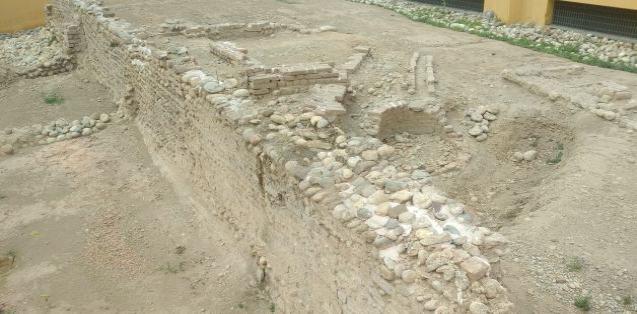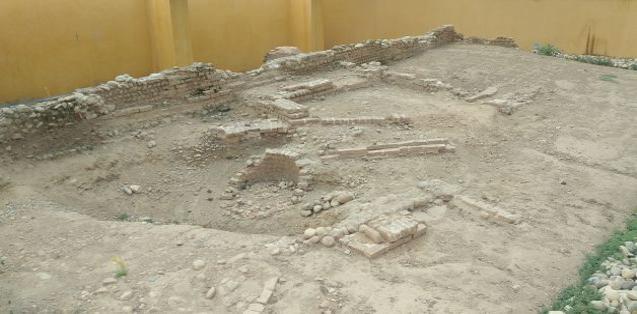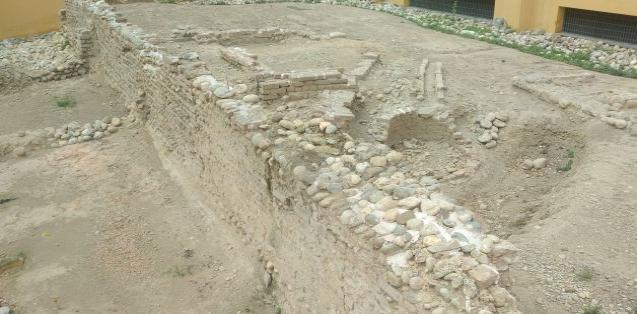A glimpse of ancient medieval Monza.
The archaeological remains, discovered during the construction of the new Palazzo di Giustizia (Law Courts) in the area between via De Amicis, via Bellani and via Solera, form part of the expansion of the ancient medieval village where the female orphanage named after the founder Don Angelo Bellani once stood.
Since the thirteenth century this area of the city could count on the presence of numerous residential and religious buildings, one of the most famous being the domus umiliate (House of the Humiliati) in Monza. The religious order adhered to the ancient oratory of Sant'Agata, in close proximity to the Lambro.
The archaeological investigations, which can also reference a map related to the area from 1722 (the oldest recovered so far), have revealed a complex framework formed by multiple interconnected environments.
These connections suggest that there were three construction phases that were chronologically close.
The main edifice is divided into at least three basements and a series of service buildings, prior to the orphanage. These ancient remains, comprising the amenities block, suggest the presence of a work area more than a residential complex.




